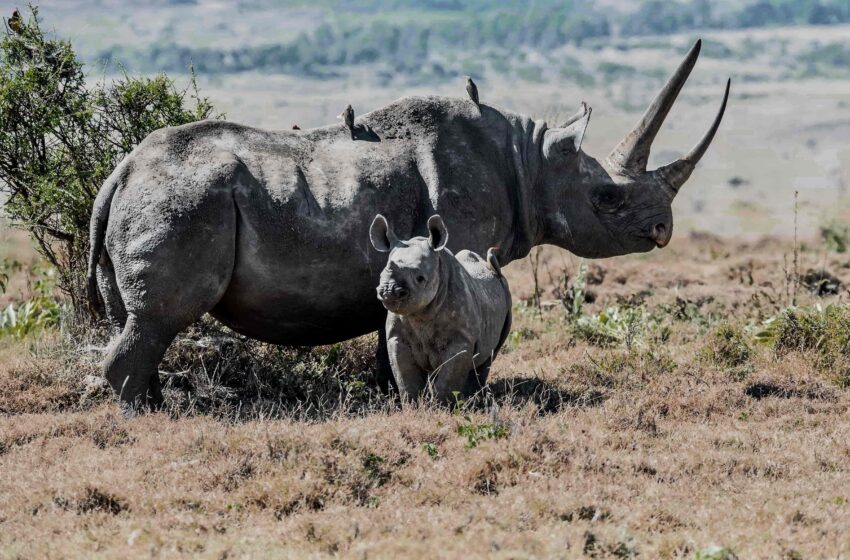
Cameroon’s Only Travel Guide You Need For A Great Trip in 11 Easy Steps
- Destinations Africa
Cruisit Team
- June 26, 2022
- 0
- 4728
- 72 minutes read
Cameroon’s Background
The Sao people lived near Lake Chad in the first century, and most of the country’s amazing art comes from them. Present-day Cameroon was at the center of a region that extended into Nigeria and was ruled by the Duala people. The region is home to an estimated 200 unique ethnic groups, the greatest of which is the Bamileke, a tribe that dominates the country’s west and center. The Bantu people exist between the Congo basin and the interior grasslands, while tiny hunting parties of pygmies survive in the deep southern jungles.
After some time, around the age of conquests and colonies, the Portuguese arrived in the 15th century, and the territory in time became a German protectorate in the 1880s. However, with Germany’s loss in World War I, just as was the case with many African countries, Britain or France took over, but in Cameroon’s case, it got split between them. French Cameroon gained independence in 1957. The northern provinces decided to join Nigeria in 1961, while the south opted for unification with French Cameroon. When Ahidjo stood down in 1982, he was followed by Biya, who has since attained total political dominance over Cameroon.
Former French Cameroon and a portion of British Cameroon combined to establish the current country in 1961. Since then, Cameroon has seen considerable stability, allowing for the development of agriculture, roads, and trains, as well as a petroleum sector. Despite efforts toward democratic change, political power is firmly entrenched in the hands of an ethnic elite. However, the country’s social and political stability allows for the growth of infrastructure and industry, unlike many of Cameroon’s neighbors. In 1995, Cameroon became a member of the Commonwealth and the United Nations Security Council in 2002. Its human rights record is deemed deficient but has been generally improved.
The country of Cameroon should be one of Africa’s go-to tourist destinations and for many good reasons, but poverty has devastated most of its infrastructure, leaving transportation and lodging chronically flawed. Unresolved border issues haven’t helped matters either; travelers are advised to avoid the border crossings with Nigeria, Chad, and the Central African Republic, which are regarded as insecure. But, aside from a few no-go zones, Cameroon has a lot to offer daring travelers. The nation is teeming with life, from its beautiful rainforests to its famed wildlife. Visit Cameroon, and you will be heavily rewarded.
Cameroon is one of Africa’s pulsing hearts, a steamy patchwork of active volcanoes, white-sand beaches, dense rainforest, and spectacular dry landscapes punctuated by the odd Sahel rock formations. With both Francophone and Anglophone areas, not to mention over 250 local languages, the country is a massive ethnic and linguistic jigsaw puzzle, but one that, unlike many of its neighbors, has a high level of stability.
Everything you would anticipate from the African continent appears to be condensed in Cameroon, in this intriguing and diverse region. The lovely south is distinguished by tropical woods and desolate golden beaches, which would be teeming with bathers in a more developed resort. The English-speaking south has a strong desire for independence, but despite the best efforts of local pressure organizations, it has failed to break away from the rest of the country.
“Cameroon encompasses everything that Africa has to offer from the west, east, north, and south. Unique and endangered animals such as gorillas and black rhinos – volcanic hikes, to native art, and music – the diversity is more than you can take in.“
Northern Cameroon’s stunning landscapes, in contrast to the south, are dominated by vast stretches of desert, lakes, and savannah. Traditional villages still exist in this harsh country, which is home to more than 50 ethnic groups and is possibly Cameroon’s most culturally diversified region. Though generally tranquil, the region has recently been shaken by extremist assaults. So, keep up with the latest news.
If you’re going to western Cameroon, which is characterized by volcanic highlands, bring your trekking gear. With their phenomenal essence, you could be forgiven for believing you were on Mars while looking out across these rocky hills. But it’s not just about the scenery. A few game reserves are scattered around the nation, providing enough opportunity to see amazing animals such as elephants and lions.
The variety of species found in the country’s many natural parks offers nature enthusiasts several opportunities to observe uncommon and unique animals. Gorillas are prevalent in the Campo Ma’an National Park in the south of the nation, and Lobéké National Park in the west. Elephants, hyenas, and giraffes can be found in other parks, not to mention the endangered black rhinos in Bouba Ndjidah National Park.
Cameroonian culture is also heavily influenced by traditional crafts. Pottery, sculptures, and textiles used in regular houses, as well as complex woven clothes and bronze sculptures for rituals, are significantly more precious than market trinkets.
Overall, the combination of music, magnificent geography, and more culture than you can reasonably absorb makes Cameroon a terrific site to visit in Africa, and it is instantly evident that you are at the very heart of this fascinating continent.
Whether you choose to embark on a 4-wheel drive journey across the central highlands or the Savanah, see the colonial architecture in Foumban, see gorillas in Campo Ma’an National Park or Lobéké National Park, trek volcanos and climb mountains in Maraoua, you will enjoy the experience the Cameronian culture brings you, which is evident in its music and its lovely and welcoming people. Cameroon is sure to wow you.
- Swim, relax, and mingle with the locals at Kribi’s laid-back beach town while eating fresh seafood, or travel to the Chutes de la Lobé waterfalls just outside of town.
- In this lively market town, explore the marketplaces and practice your negotiating abilities. Ebolowa
- Travel around the Ring Road, which circles Mt Oku, to see old kingdoms and the hazardous Lake Nyos, which strangely discharges toxic gas.
- At Foumban is where you can celebrate important Islamic festivals with traditional Bamoun rites.
- Dance the night away with the locals at any pub or nightclub to Makossa and Bikutsi music.
- Travel an hour south of Limbe to Bimbia, the last remnant coastal lowland rainforest, and walk along the mangrove path, a birdwatcher’s paradise.
- Traveling across the central highlands, in a 4-wheel drive vehicle to Nkongsamba
- Discover Colonial architecture in Cameroon, seen in Foumban.
- In Lobéké National Park or Campo Ma’an National Park, embark on a gorilla safari.
- Limbé is a great place to learn about the local biodiversity.
- Make time for nature observation in Kalamaloué Reserve, Campo Game Reserve, or Waza National Park
- Make your way to Maroua for some trekking and rock climbing.
- Climb Mount Cameroon, an active volcano
- In Bouba Ndjidah National Park, look for the endangered black rhino.
- Wildlife lovers can visit Parc National de Waza in Cameroon’s far north to view elephants, hippos, giraffes, birds, and even a few lions.
The rainforests of the south, from Parc National Campo Ma’an in the west to Parc National de la Lobéké in the east, are home to gorillas, chimps, and drill monkey populations - Mt Cameroon, the country’s highest peak at 4095m, Mt Oku (3011m), and the picturesque Mandara Mountains all offer hikes of varied lengths and complexity.
- Cameroon’s official languages are French and English. The majority of the country is francophone, with English being more prominent in the north and southwest. The nation recognizes more than 200 lesser languages.
- Cameroon’s official currency is the Communauté Financière Africaine Franc (XAF)
- Most places do not take credit cards, particularly MasterCard and Visa.
- ATMs are few, so keep a decent quantity of cash on hand.
- There are local organizations that provide chances for responsible visitors to volunteer like BERUDEP and many more. Many of them have extremely knowledgeable advisors and can arrange many things for you including care rentals assitance.
- Tour companies provide knowledgeable guides and activities ranging from eco-tourism to safari tourism, cultural tourism, volunteer work, and homestays. Cameroon’s Heritage Trips is one of these, and can organize tours through Cameroon’s equatorial rainforests in search of pygmies and gorillas, plantations and cultural expressions of Cameroon’s numerous ethnic groups, and tours to the north to see Cameroon’s pristine Safari parks. Heritage Tours provides the following free visitor information: Heritage Tours maintains a database of local information that includes up-to-date prices, opening and closing times, seasonal events, and so on.
- A yellow fever certificate is necessary to enter Cameroon, but don’t forget your insect repellants and prophylaxis med as malaria is also common.
- Dress and behavior are conservative in Cameroon. Dress respectfully of the culture at all times.
Crime & Scams in Cameroon
Cameroon has its fair share of crime like all the countries of the world and it ranges from muggings, scams, violent crime, terrorism, and kidnapping for ransom, robbery, and carjacking. Police often ask for identification, so it is advised that you keep a certified copy of your passport, or your passport with you at all times. Nevertheless, tourists normally almost never experience any problems if they avoid certain regions and apply common sense in their journey.
Avoid the Far North Region as Boko Haram terrorists operate there, as well as places within 40 kilometers of borders with the Central African Republic, Chad, and Nigeria’s Borno and Adamawa States. Due to the high levels of continuous violence, do not travel to the Northwest and Southwest areas, particularly the Bakassi Peninsula. Due to the high risk of terrorist attack, reconsider your need to travel to the North and Adamaoua regions.
Terrorist or ransom kidnapping and continuous violence are prevalent in the Far North, Northwest, and Southwest districts, as well as close the Nigerian border. Stay away from these regions. If you do decide to go, consider hiring expert security and preparation assistance.
Crime is widespread but is concentrated in Yaoundé, Douala, Ngaoundere, and Bafoussam. Avoid remote or poorer town districts such as Yaoundé’s La Briquetterie and Mokolo market, as well as Douala’s Nkololun, New Bell, Akwa, Bonaberi, and Village.
In general, avoid traveling after dark, particularly outside of city boundaries. Keep car doors locked, windows up, and valuables hidden. Protests occur on occasion and have the potential to become violent. Avoid big crowds and heed local authorities’ recommendations.
Healthcare in Cameroon While Traveling
Cameroon’s total healthcare system is distressed, with only two doctors for every 10,000 inhabitants. Many individuals rely on nurses and other less skilled medical staff to get health care. As a result, the foreign population prefers private hospital facilities. Cameroon’s public hospitals are severely understaffed in terms of skilled and competent medical personnel. In Cameroon, more than 50 private hospitals provide advanced technology and amenities. The personnel in these facilities is quite competent and can deal effectively with ex-pats. International health insurance is accepted at these hospitals.
Before every trip, make sure you are up to date on all routine vaccinations. Among the key recommended vaccines globally are chickenpox (Varicella), diphtheria-tetanus-pertussis (DTP), influenza (flu), measles-mumps-rubella (MMR), polio, and shingles. Malaria prophylaxis is recommended, as is preparation for other insect-borne illnesses such as dengue, African sleeping sickness, loiasis, and river blindness. It is essential to use insect repellant. All visitors to Cameroon must have a yellow fever vaccination certificate. Before consuming any water, be sure it has been boiled or otherwise sanitized, or preferably use bottled water.
When visiting Cameroon, you are not required to purchase travel medical insurance. However, it is always important to have comprehensive medical coverage when traveling because you never know what you could encounter while overseas.
The weather in Cameroon varies greatly from region to region. The south has a lot of rain, the north is mostly hot and dry, and the coast has a semi-tropical climate. Temperatures inland are often substantially lower than those on the coast, with mountainous places being especially frigid at night. Generally, the seasons are either dry, very dry, wet, or very wet in Cameroon.
Cameoron has four distinct seasons. From March to May, there is a mild rainy season, a brief dry season from June to August, a strong rainy season from September to November, and a lengthy dry season from December to March.
Shoulder Season
Cameroon’s spring season lasts from March through May. The combination of humidity from rain and heat makes this season feel extremely warm. Highs in the summer range between 36°C (97°F) and 32.8°C (91.1°F), with comparable temperatures in the winter. Rain is rather common, with 2 to 15 days of heavy precipitation each month. Spring is the quietest season for tourist, making it ideal for bargain hunters.
November is a nice shoulder month as well, with daily highs ranging from 32°C (91°F) to 29°C (84°F), which will feel extremely great given the humidity and breeze. It rains or snows 1 to 8 days a month in some areas. Hotels may be significantly more expensive due to the weather during the second busiest month of the year.
High (Peak) Season
Cameroon’s weather is best from late December to March, when it is dry across the nation, and while harmattan winds limit visibility, these are the best months to visit. Overland travel becomes more bearable as well. This is also the busiest time of year, with visitors flying in to see Cameroon’s numerous beauties. Summer in the south is rather humid from November to February, with highs of 35°C (95°F).
July and August are also excellent months to visit Cameroon due to lower rainfall and warmer temperatures, and they are popular with tourists. During certain times, lodging may be more expensive than normal. So, for the best deals, plan vacations during the shoulder season.
Off-Season
The northern wet season lasts from late September to November, whereas the southern wet season, with its consistent humid and tropical environment, lasts from June to October. Several routes around the country are closed due to rain between July and October. The rainy season in northern Cameroon normally lasts from May to September, although the south has significant rainfall all year, with a peak from March to October. Tourists are unlikely to travel to Cameroon at these times. Those willing to travel at these periods will likely find it to be the least costly month, but also the most difficult to navigate. These are the wettest months.
By Plane
You can fly to Cameroon from Paris with Air France, Brussels with Brussels Airlines, or Istanbul with Turkish Airlines from Europe. There are more possibilities for flights through African cities, including but not limited to Kigali with RwandAir, Nairobi with Kenya Airways, Casablanca with Royal Air Maroc, and Addis Abeba with Ethiopian Airlines, as well as direct flights from all the neighboring countries bordering Cameroon.
By Car
Nigeria, Chad, the Central African Republic, the Republic of the Congo, Gabon, and Equatorial Guinea surround Cameroon. While crossing the border from any of those countries into Cameroon is possible, follow tips on which crossings are safe to cross and which are not, as the region is unstable and safety concerns arise on a regular basis. Flights are the most secure option.
Crossing the border from Gabon is difficult due to poor road conditions while crossing from Chad and the Central African Republic is the riskiest due to terrorism. Plan ahead of time and, if possible, travel in convoy. Communication is difficult when there is little or no cell phone service. If possible, bring a VHF radio or satellite phone.
By Plane
There are domestic flights accessible across the nation. These flights are pricey, but they are a safe mode of transportation. Domestic flights are available by the national airline Camair-Co and the smaller Elysian Airlines. Domestic flight travel in Cameroon is quick and inexpensive. The majority of roads connect the major cities of Douala, Garoua, Yaoundé, and Maroua.
By Train
Traveling the rail is a more dependable mode of transportation than using the bus. Cameroon Railways (CAMRAIL) is the principal service provider, operating the Gazele du Nord line between Yaoundé and Ngaoundéré. Tickets are available in either first or second class, with both including couchette sleeping accommodations for overnight travel.
Camrail operates a train service from Yaoundé to the maritime city of Douala and the northern city of Ngaoundéré. While bus service to Douala is faster and more dependable, the sleeper train is the best means of ground transportation to the north. Check for the most recent schedules and prices.
By Car
Rental cars are available, but they are slightly more expensive than in major Western cities. Because paved roads are few outside of the major towns of the west and northwest, a 4 x 4 is required for going to Cameroon’s eastern or central regions. Because of the absence of rain, the roads in the north are paved between cities, and even the dirt roads are in good shape.
Because of the good road conditions, hiring and driving your own car is easier in this part of Africa than in others. Public transportation is also better than that of many other African countries, so you will never be trapped in one place.
By Taxi
In Cameroon, shared cabs are the cheapest and fastest way to get around cities. However, they are not always the most secure form of transportation. This is partly due to the fact that most people do not follow traffic laws, making some passengers victims of road rage and random acts of violence. Although none of the taxis are metered, charges for inner-city trips are normally fixed. Longer journeys must be planned ahead of time. Due of high crime rates, consider avoiding cabs. Use only trustworthy cabs if you opt to go by taxi. Make arrangements for someone to meet you at the airport.
By Bus
There is an efficient bus system in Cameroon. The buses in the nation are fairly pleasant and modern, with some longer-distance coaches even offering air conditioning (a privilege). The main roads connect all of Cameroon’s major cities. Outside frequented destinations, passengers must rely on shared cabs or small buses, which are neither pleasant nor convenient. Minivans and bush taxis exist as well, leaving whenever the vehicle is full.
Even official bus companies rarely leave on schedule, so plan on being delayed for many hours or days. When this occurs, the operator will usually arrange for a bush taxi to take you to your destination. If you insist on not taking the bush taxi and are persistent, the operator will usually return your money. The idea is that you should allow plenty of time to get at your location because delays can last hours and you are never guaranteed a departure.
With unsafe roads, overworked, drunk, or hungover drivers, and badly maintained cars being the norm, safety can be an issue.
SIM Cards & Calls in Cameroon
MTN Cameroon, Orange Cameroon, and Nexttel are the three telecom carriers in Cameroon. Except for Nexttel, who does not have a 4G/LTE network, all of these operators have 2G, 3G, and 4G/LTE networks. Camtel is a fourth operator that exclusively operates in Douala and Yaoundé. They will not be explored in this article due to space constraints. If you are staying in Douala or Yaoundé, though, you should consider them because they provide high speeds. Prices in Cameroon start at 1000 XAF for a 7-day validity of various data and minutes limits, depending on the SIM card you purchase.
You also have the option of purchasing a prepaid eSim card like from Airalo, SimCorner, or Nomad. The companies provide data-only plans to put on a phone that is eSim ready, so make sure your phone is compatible. It is also possible to opt-in for a WiFi Hotspot from Solis. Check before you travel because they service certain destinations. Airalo by far has the most coverage of almost 180 countries.
Local Internet & WiFi in Cameroon
Only 6% of Cameroonians use the Internet and those who do pay a high price for it pay more than 60% of the country’s average monthly salary for an entry-level fixed-line broadband package. It’s worth mentioning that Cameroon’s mobile and fixed broadband Internet speeds average approximately 20 Mbps.
Top Places in Cameroon

Mount Cameroon
Mount Cameroon is an active volcano in Cameroon’s south-west area, near the city of Buea and the Gulf of Guinea. Mount Cameroon is also known as Cameroon Mountain, Fako, or Mongo ma Ndemi in the local language. It is the highest point in Sub-Saharan Western and Central Africa, Africa’s fourth most conspicuous peak, and the world’s 31st most prominent summit. The mountain is part of the Cameroon Volcanic Line, which also includes Lake Nyos, which was the location of a tragedy in 1986. On February 3, 2012, the most recent eruption occurred.
Lobéké National Park
Lobéké National Park is located in the Moloundou Arrondissement of East Province in southeastern Cameroon. It is flanked on the east by the Sangha River, which forms Cameroon’s international boundary with the Central African Republic and Republic of the Congo. Boumba Bek National Park, located in Cameroon’s East Province, lies to the northwest.

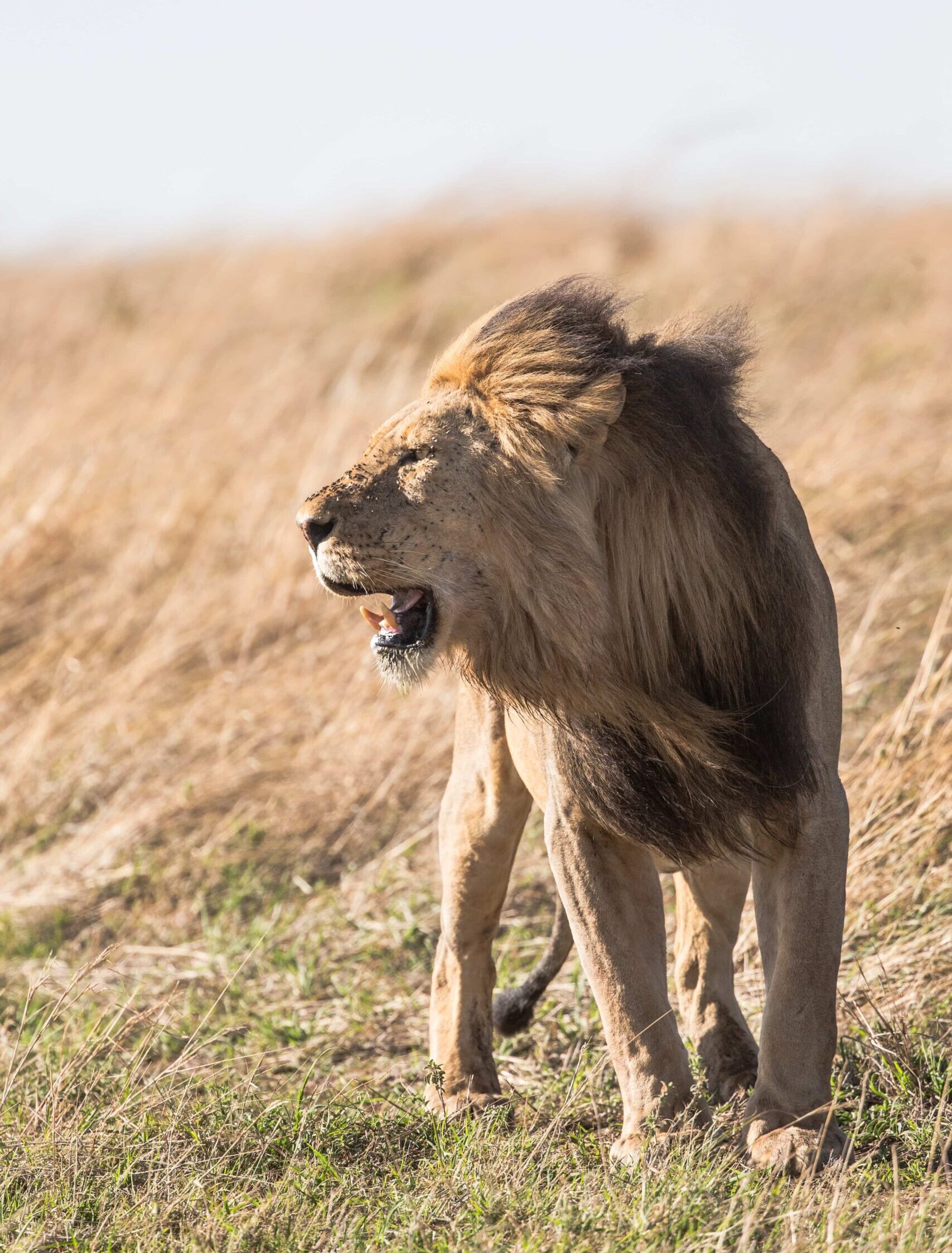
Waza National Park
Waza National Park in Cameroon was created in 1934 as a hunting reserve and measures 1,700 km2. In 1968, it was named a national park, and in 1979, it was designated a UNESCO biosphere reserve. A Management Master Plan was created in 1997 to preserve and maintain the park’s biodiversity. In the Sahel and Sudan savannas, the dominant flora is acacia and open Yaéré savannah woods. The park shares the Chingurmi-Duguma area with the Nigerian Chad Basin National Park. There has also been discussion of integrating this park and the Waza Logone floodplain into a Ramsar Site.
Bimbia Slave Port
After being sold at Bimbia, slaves passed through the Door of No Return. The remnants of their imprisonment, as well as the iron shackles they wore, may be seen here, where they were taken across the Atlantic.
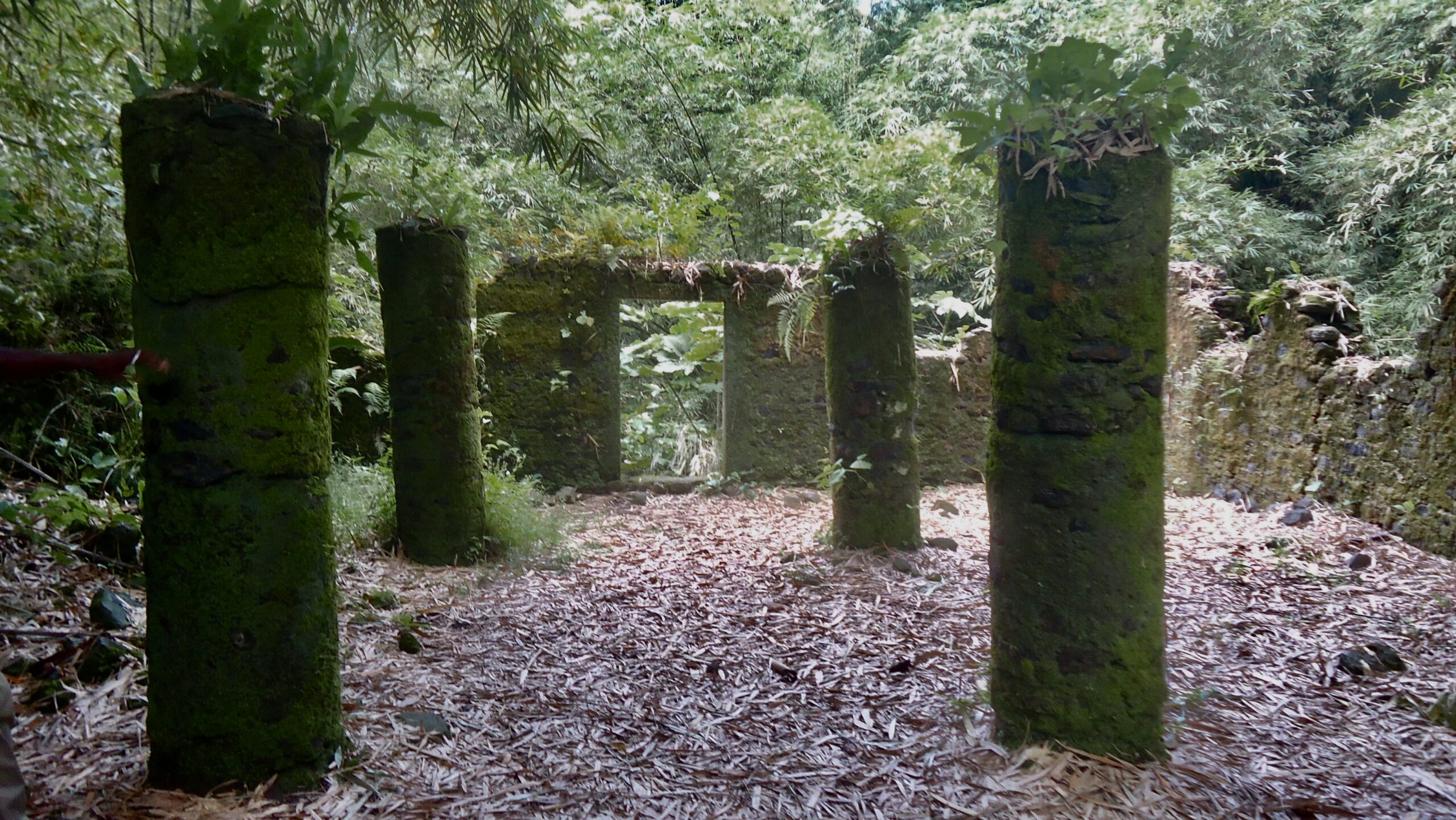
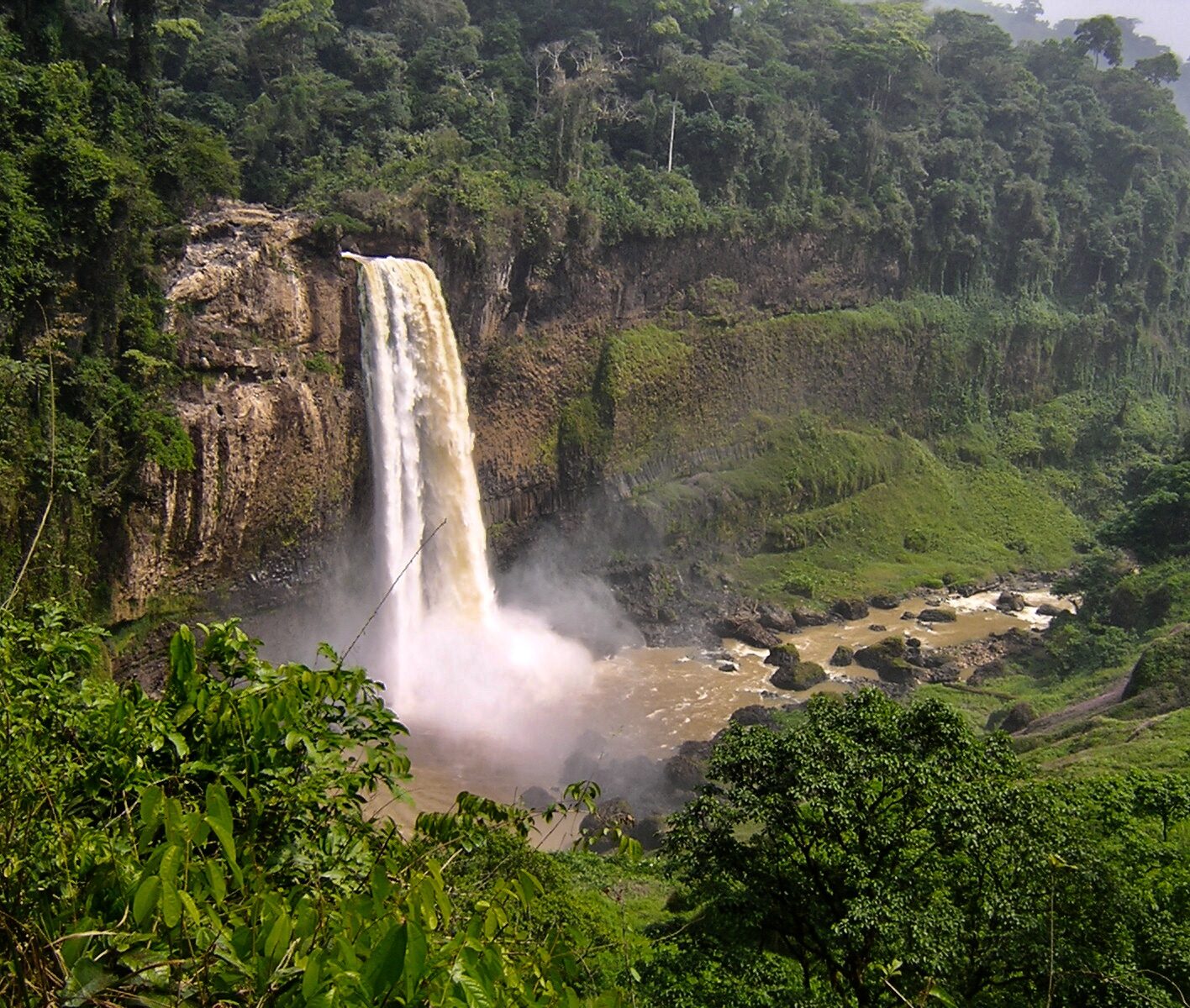
Ekom-Nkam Falls
In the 1984 film Greystoke, Tarzan lived here. The twin waterfalls in the woodlands of Nkongsamba are more than 80 meters (262 feet) tall. Take in the beautiful surroundings and cool waterfalls. Away from the rush and bustle of the city, with a diverse range of vegetation and fauna that will leave you speechless.
5-day Itinerary in Cameroon (with extension options)
Day 1
Arrive at Douala
Douala, Cameroon’s largest city and capital, is proud of its lively, commercial, and business-oriented lifestyle. Edea Cathedral and Le Monument aux Morts are among the hidden gems. To obtain a sample of the local culture, go to Marche des Fleurs and Musee Maritime de Douala. There’s lots more to see and do, such as enjoying Cathedrale Saint-Pierre-et-Saint-remarkable Paul’s features, seeking for treasures at Marche Artisanal de Douala, seeing masterpieces at Doual’Art, and admiring all of the distinctive attributes of La Nouvelle Liberté.
Arrive in Douala and head to your hotel. The remainder of the day is at your disposal, relax or explore this vibrant city.
We recommend that you have a guide to take you from the airport and also guide you through the rest of your journey.
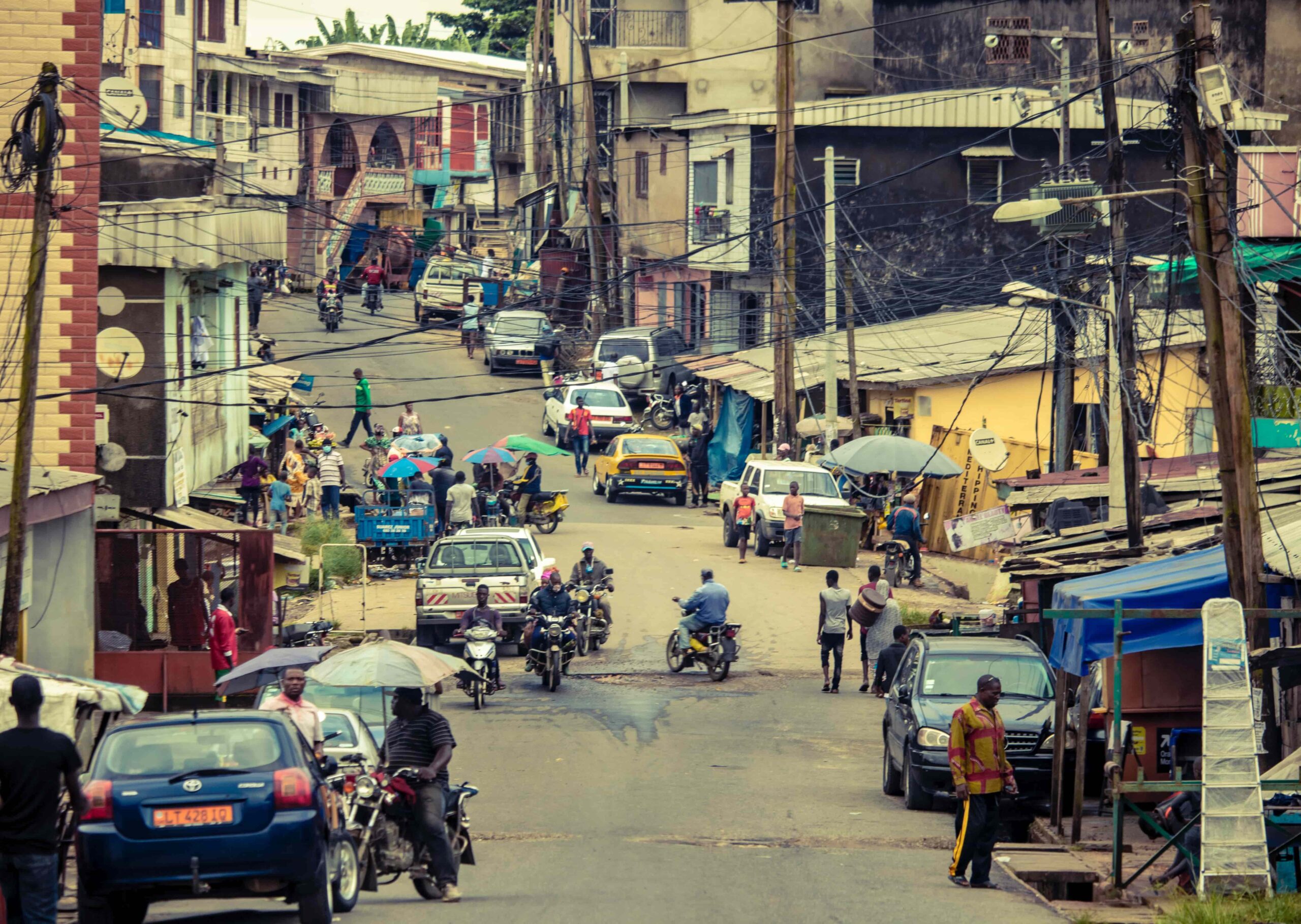

- Backpacker:
- Budget: Aquarius Hotel
- Mid-range:
- Luxury:
This section will be added shortly.
Day 2
Off to Mboroukou
Today’s tour brings you by rubber, banana, pawpaw, pineapple, cocoa,, and coffee plantations, as well as the contentious palm oil, and tropical flowers. Have a picnic lunch at the foot of the spectacular, 80-meter-high ‘Chutes d’Ekom’ waterfalls, which were used in the Tarzan film. The twin waterfalls in the Nkongsamba forests are more than 80 meters (262 feet) tall. Take in the stunning scenery and refreshing waterfalls. Away from the city’s hustle and bustle, with a vast assortment of plants and animals that will leave you dumbfounded. Later, your quest will take you to Mboroukou, a village in the Manengouba Mountains’ foothills.


- Budget: Villa Luciole Lodge
This section will be added shortly.

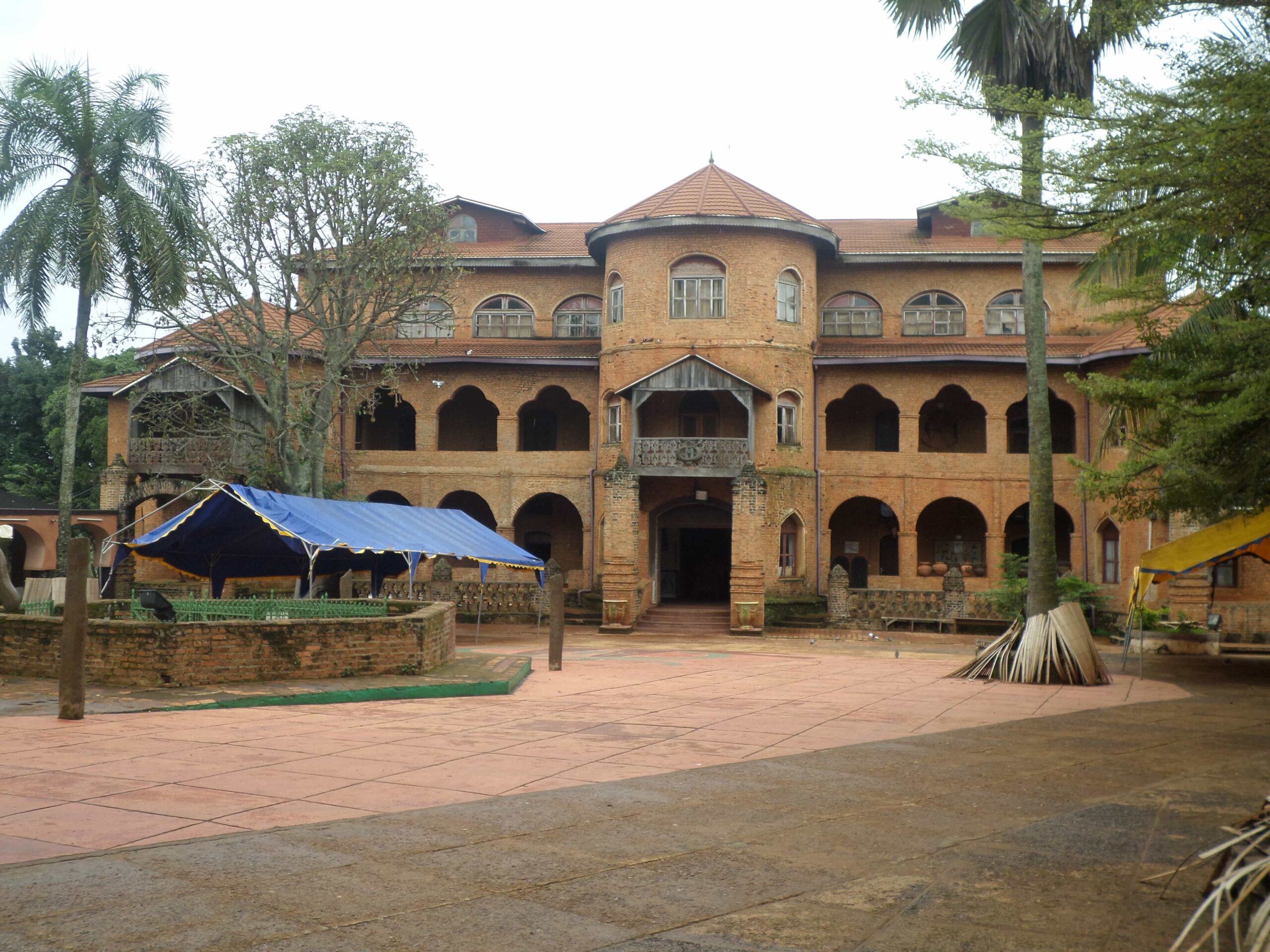
Day 3
Foumban’s Colonialism
After breakfast, go to Baham in the Hauts-Plateaux, where you will see the palace of a traditional Bamileke chief. Later, head to Foumban, which is a tourism hub in Central Africa. The Foumban Royal Palace, erected in 1917 by King Ibrahim Njoya, is now a museum documenting royal ancestry dating back to the 14th century. Aside from agriculture, Foumban is famed for its artisan wood craftsmen and visual artists, and there is time to explore both, but also the colonial buildings filling the streets.
- Budget: Paradise Hotel Koutaba
- Mid-range:
This section will be added shortly.
Day 4
Head Batoufam
After breakfast, visit a Bororo hamlet to learn about rural life in Cameroon. Cattle farming is a major source of income in this region, with milk used by women to make butter and yogurt. Bororo women are also excellent at hair braiding, with some eye-catching creations. Later, head to Batoufam through Bafoussam, stopping at Metchie waterfalls, where sacrifices are typically made by locals in the hope that their desires would be answered.

- Budget: Chief's Palace
This section will be added shortly.

Day 5
Depart or Continue the Journey to a Forest
Arrive in Yaounde, Cameroon’s capital, in time for a brief city tour after stopping in the little village of Makenene to stretch your legs. You have the option of ending your adventure here or continuing on.
If you choose to continue your journey, you will be heading to the Mbalmayo Forest Reserve, one of Cameroon’s oldest protected regions, to the eco-tourism settlement of Ebogo.
- Budget: Centre d'Acueil
This section will be added shortly.
Day 7
Nyong River then Mefou Primate Sanctuary
This morning after breakfast, take a pirogue ride down the Nyong River before embarking on a guided tour into the jungle in search of therapeutic plant species. Then proceed to Mefou Primate Sanctuary, which is home to rescued and orphaned chimps and gorillas. Finish the day by heading back to Yaounde.
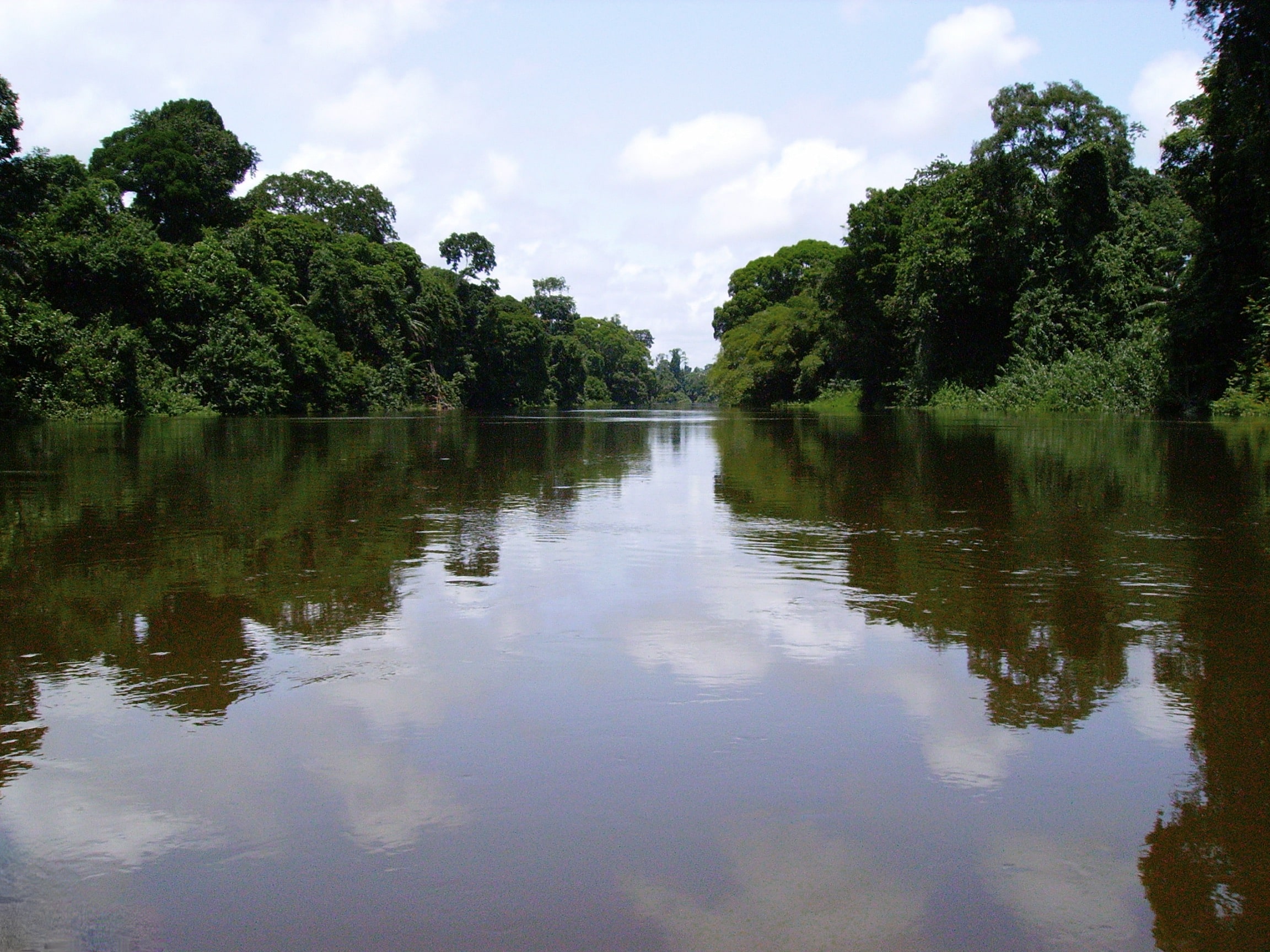


Day 7
Depart or Continue to Lomie
You will complete the day by going to Yaounde and exploring it on foot until you are ready to grab your things and begin moving to the airport, depending on your departure schedule. The capital of Cameroon, Yaounde, is a key center for expats, international embassies, and trade.
Both the National Museum of Yaounde and the Musee Ethnographique des Peuples de la Forêt are wonderful sites to learn about local culture. The Lamido Grand Mosque and Mosquee Centrale will take you away from the tourist traps. Visit Caves Akok Bekoe in Mbalmayo, which is around 44 minutes distant from Yaounde. And it doesn’t end there: visit Mefou National Park to see a variety of wild animals, stroll through Bois Sainte Anastasie for fantastic photo possibilities, and reflect at the Statue of Charles Atangana.

Alternatively, if you choose to add more days, you will continue your journey to Lomie today through Ayos and Abongbang, which will be a long drive. However, the road winds through dense tropical jungle, passing past intriguing Baka and Bantu settlements.
- Budget: Raphia hotel
This section will be added shortly.
Days 8 and 9
Dja Reserve
This morning, travel to Matisson, where a community tourism initiative teaches tourists about the Baka people’s distinctive and complicated culture. During your stay, go on forest hikes, learn about hunting tactics, and learn about local folklore, among other things. This is an excellent opportunity to spend time with intriguing inhabitants.
Keep in mind that the village’s circumstances are relatively primitive, with squat drop toilets and minimal washing facilities.
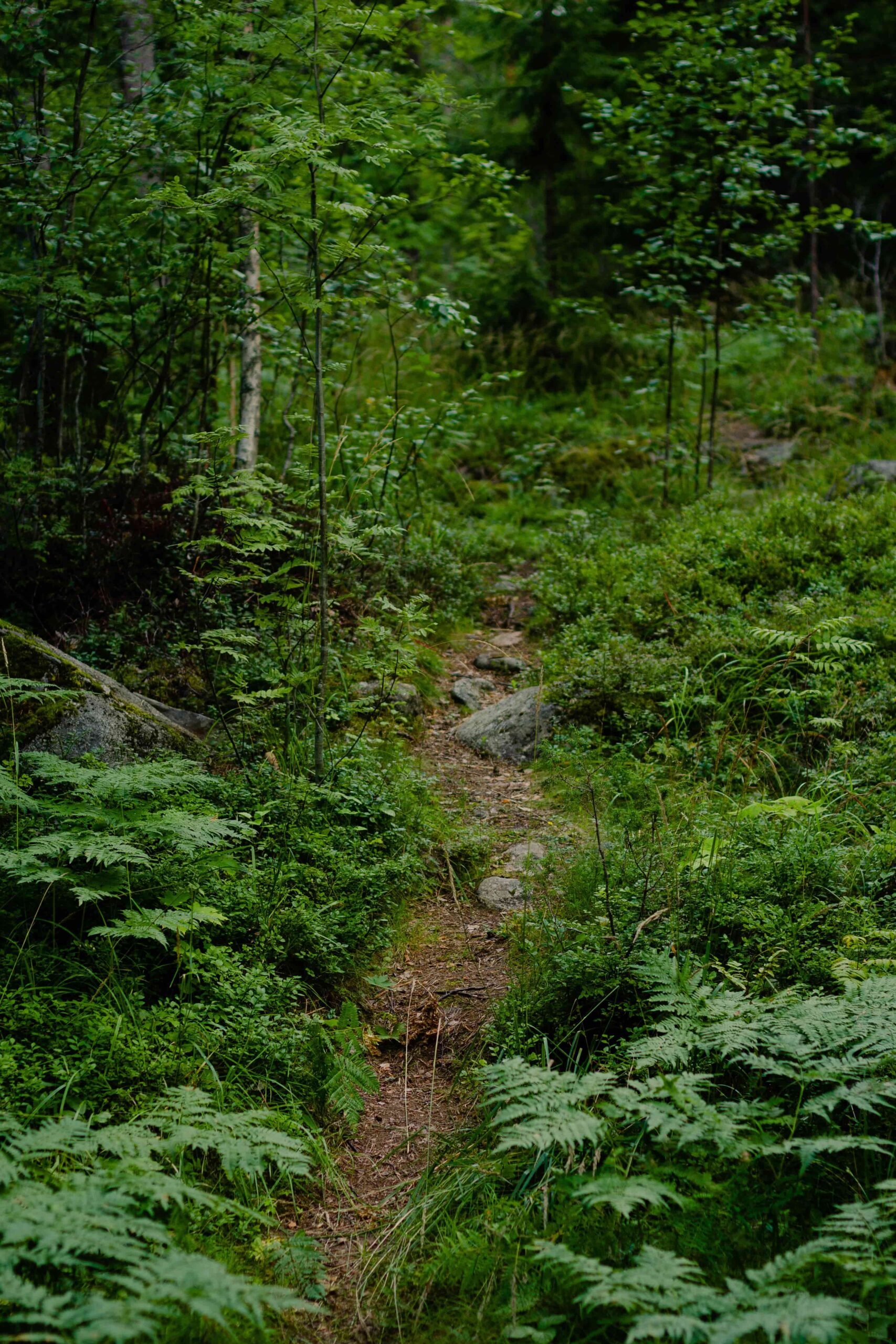
- Budget: Village Cottages
This section will be added shortly.
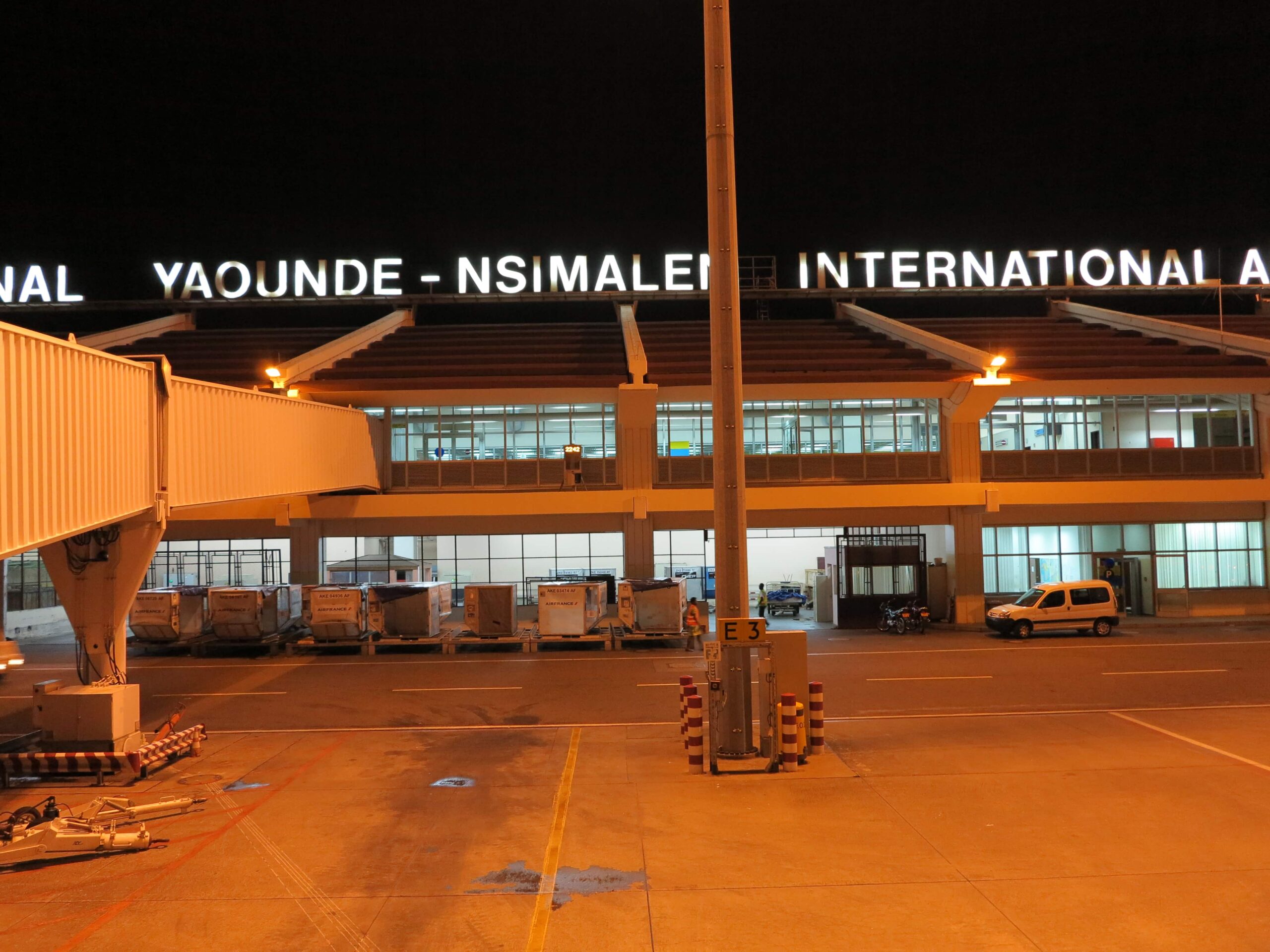
Day 10
Yaounde To Airport
Return to Yaounde, you could either terminate the tour and travel to the airport, or you may continue your journey.
If you want you can still add one more day to Douala-Edea Park, Kribi, or any of the more National Parks across the country.
The Most Popular Food in Cameroon
Cameroonian food is representative of African cuisine in general, and is inspired by the combination of numerous cultural groupings and diverse nationalities from around West Africa. The majority of Cameroonian foods are influenced by the Germans, French, and Portuguese, but they also cherish the traditional style of making their dishes, resulting in a rich cultural center of traditional gastronomy.

Accra Cassava
Accra Cassava is a famous street snack in Cameroon. It has a crunchy outside and a chewy inside. Accra Cassava has only two ingredients: cassava and salt. However, you may sweeten it with an overripe banana, which many sweet-toothed individuals enjoy. It is best eaten warm, therefore many people like it right out of the pan.

Ndolé
Ndolé is a popular Cameroonian meal that is known as the “unofficial food” of Cameroon. Ndolé is a fragrant Cameroonian spinach stew prepared with bitter leaves and spinach. Crayfish and garlic flavor the stew, which is reinforced with meat and shrimp. It is one of Cameroon’s most popular meals and is regarded as a comfort food by the natives.

Ekwang
Ekwang is a time-consuming and labor-intensive meal to create. However, the wait is totally worth it! Ekwang is made with grated cocoyams cooked in cocoyam leaves with various meats, dried fish, crayfish, and palm oil.
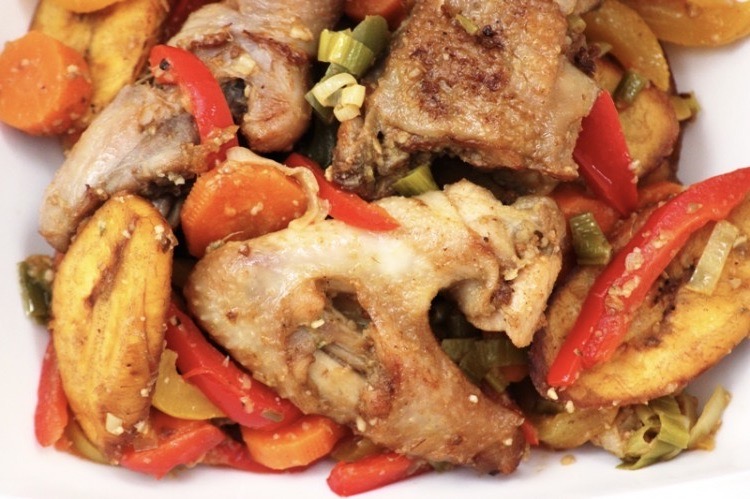
Poulet DG
Poulet DG is a combination between a classic French stew and a stir-fried chicken dinner made with chicken plantains and veggies. Poulet DG may be prepared in a variety of ways according on the occasion, making it ideal for holidays and celebrations. This French-inspired cuisine utilizes local veggies, spices, and plantains and is popular throughout the country, including fine-dining establishments.

Achu Soup
Achu Soup is a beautifully golden, delicate soup cooked with beef or chicken broth, limestone, red oil, and a variety of spices. It is especially widespread in Cameroon’s Western and North West provinces and is often produced at home by the people.
What's the Travel Budget for Cameroon?
Flights
- Flights start at roughly $360 from nearby countries. Tickets however on average cost around $600 and can cost way more depending on which class and from which country you depart from.
Accommodation
- Nomad Backpacking style travelers can expect to spend around $250 for a week
- Budget travelers can expect to spend around $340 for a week
- Mid-range travelers can expect to spend around $550 for a week
- Luxury travelers can expect to spend around $1,400 for a week
Food Budget (Three meals and drinks)
- Nomad Backpacking style travelers can expect to spend around $17 per person per day
- Budget travelers can expect to pay around $24 per person per day
- Mid-range travelers on average would cost $30 to $45 per person per day
- Luxury travelers can expect to pay around $50 to $140 per person per day
Overall Budget Styles (Not including Flights, Tours, Transportation, or Car Rental)
- Nomad Backpacking style travelers can expect to spend roughly $380 for a week
- Budget travelers can expect to spend close to $530 for one person for a week
- Mid-range travelers can expect to spend approximately $900 for one person for a week
- Luxury travelers can expect to spend around $2,400 for one person for a week
Flights
- Flights start at roughly $360 from nearby countries. Tickets however on average cost around $600 and can cost way more depending on which class and from which country you depart from.
Accommodation
- Nomad Backpacking style travelers can expect to spend around $250 for a week
- Budget travelers can expect to spend around $340 for a week
- Mid-range travelers can expect to spend around $550 for a week
- Luxury travelers can expect to spend around $1,400 for a week
Food Budget (Three meals and drinks)
- Nomad Backpacking style travelers can expect to spend around $17 per person per day
- Budget travelers can expect to pay around $24 per person per day
- Mid-range travelers on average would cost $30 to $45 per person per day
- Luxury travelers can expect to pay around $50 to $140 per person per day
Overall Budget Styles (Not including Flights, Tours, Transportation, or Car Rental)
- Nomad Backpacking style travelers can expect to spend roughly $380 for a week
- Budget travelers can expect to spend close to $530 for one person for a week
- Mid-range travelers can expect to spend approximately $900 for one person for a week
- Luxury travelers can expect to spend around $2,400 for one person for a week
Flights
- Flights start at roughly $360 from nearby countries. Tickets however on average cost around $600 and can cost way more depending on which class and from which country you depart from.
Accommodation
- Nomad Backpacking style travelers can expect to spend around $250 for a week
- Budget travelers can expect to spend around $340 for a week
- Mid-range travelers can expect to spend around $550 for a week
- Luxury travelers can expect to spend around $1,400 for a week
Food Budget (Three meals and drinks)
- Nomad Backpacking style travelers can expect to spend around $17 per person per day
- Budget travelers can expect to pay around $24 per person per day
- Mid-range travelers on average would cost $30 to $45 per person per day
- Luxury travelers can expect to pay around $50 to $140 per person per day
Overall Budget Styles (Not including Flights, Tours, Transportation, or Car Rental)
- Nomad Backpacking style travelers can expect to spend roughly $380 for a week
- Budget travelers can expect to spend close to $530 for one person for a week
- Mid-range travelers can expect to spend approximately $900 for one person for a week
- Luxury travelers can expect to spend around $2,400 for one person for a week
Flights
- Flights start at roughly $360 from nearby countries. Tickets however on average cost around $600 and can cost way more depending on which class and from which country you depart from.
Accommodation
- Nomad Backpacking style travelers can expect to spend around $250 for a week
- Budget travelers can expect to spend around $340 for a week
- Mid-range travelers can expect to spend around $550 for a week
- Luxury travelers can expect to spend around $1,400 for a week
Food Budget (Three meals and drinks)
- Nomad Backpacking style travelers can expect to spend around $17 per person per day
- Budget travelers can expect to pay around $24 per person per day
- Mid-range travelers on average would cost $30 to $45 per person per day
- Luxury travelers can expect to pay around $50 to $140 per person per day
Overall Budget Styles (Not including Flights, Tours, Transportation, or Car Rental)
- Nomad Backpacking style travelers can expect to spend roughly $380 for a week
- Budget travelers can expect to spend close to $530 for one person for a week
- Mid-range travelers can expect to spend approximately $900 for one person for a week
- Luxury travelers can expect to spend around $2,400 for one person for a week
If you want to know what to pack, read this list below:
- This is a conservative tropical African country that can get extremely hot or too rainy, dress accordingly
- Raincoat or Light Waterproof Jacket
- Hiking Boots or Sturdy Sneakers (Shoes You Don’t Mind Getting Wet)
- Sunscreen
- Insect Protection – Repellent and Clothing
- Sunglasses and Sun Hat
- Water Shoes
- Beach Towels/Sarong
- Dry Bag
- Money Belt or Cross Bag
- Portable Medical Kit
- Flashlight or Headlamp
- Copies of your passport.
- Get all the needed vaccinations before traveling
- A power bank is a must in any travel.
- Always have some cash with you just in case there are no ATMs and if you are dealing with a business that solely accepts cash
- Get yourself an adapter for your gadgets
- 1 toothbrush
- 1 tube of toothpaste
- 1 razor
- 1 package of dental floss
- 1 small bottle of shampoo
- 1 small bottle of shower gel
- 1 towel
- Deodorant
- Band-Aids
- Hydrocortisone cream
- Antibacterial cream
- Earplugs
- Tylenol
- Hand sanitizer (germs = sick = bad holiday)
- A key or combination lock
- Zip-lock bags
- Plastic bags (great for laundry)
- Universal charger/adaptor
- LifeStraw (A water bottle with a purifier)
- 1 dry shampoo spray & talc powder
- 1 hairbrush
- Makeup you use
- Hairbands & hair clips
- Feminine hygiene products
Clothing For Boys
- 1 pair of jeans or khaki pants
- 1 pair of shorts
- 1 bathing suit
- 5 T-shirts
- 1 long-sleeved T-shirt
- 1 pair of flip-flops
- 1 pair of sneakers
- 6 pairs of socks
- 5 pairs of boxer shorts
Clothing For Girls
- 1 swimsuit
- 1 sarong
- 1 pair of stretchy jeans
- 1 pair of leggings
- 2-3 long-sleeve tops
- 2-3 T-shirts
- 3-4 spaghetti tops
- 1 light cardigan
Want to plan your own trip, here are some of the best resources that can help you
- Skyscanner – They search small websites and budget airlines that larger search sites tend to miss. They are hands down the number one place to start.
- Momondo – This is another favorite flight search engine because they search such a wide variety of sites and airlines. Always check here too.
- Booking.com – The best all-around booking site that constantly provides the most affordable and lowest rates. They have the widest selection of budget accommodation.
- Couchsurfing – This website allows you to stay on people’s couches or spare rooms for free. It’s a great way to save money while meeting locals who can tell you the ins and outs of their city. The site also lists events you can attend to meet people (even if you’re not staying with someone).
- Intrepid Travel – If you want to do group tours, go with Intrepid. They offer good small group tours that use local operators and leave a small environmental footprint.
- Grassroots Volunteering – For volunteering, Grassroots Volunteering compiles a list of good local volunteer organizations that keep the money within the community.
- Get Your Guide – Get Your Guide is a huge online marketplace for tours and excursions. They have tons of tour options available in cities all around the world, including everything from cooking classes, walking tours, street art lessons, and more! It has the world’s largest collection of things to do with more than 30,000 activities in 7500 destinations.
- SafetyWing – Safety Wing offers convenient and affordable plans tailored to digital nomads and long-term travelers. They have cheap monthly plans, great customer service, and an easy-to-use claims process that makes it perfect for those on the road.
- Trip Advisor: Check the reviews and then book your accommodation. TripAdvisor is where you go when you want to compare prices with multiple accommodation providers.
- VRBO: is the main search engine to use when you are looking for a home or apartment rental. It can sometimes be cheaper than hotels and it is the best way to stay in areas that offer a more local feel.
- Hostelworld: With one of the largest databases of hostels in the world, Hostelworld is the go-to site when you are looking for budget accommodation.
- Rome 2 Rio: If you want to see how to get somewhere by plane, train, bus, ferry, or car Rome2Rio lays it all out for you as well as related costs.
- World Nomads Insurance: When traveling you should always have travel insurance. We have found the best bang for your buck is by far World Nomads.
Final Thoughts on Cameroon
Cameroon has a sophisticated and rich tradition that is seen across the country, with its former tribal past, prior occupations, stunning and distinct Islamic and orthodox landmarks, genuine hospitality, vibrant art and music, and breathtaking wildlife unlike any other. Cameroon is an excellent destination for anyone looking for an off-the-beaten-path experience in an African country with beautiful parks and unique wildlife. Cameroon’s beauty is spectacular, with its amazing national parks, animals, and breathtaking views. Would you visit Cameroon?
Have you been to Cameroon? Please leave your opinions in the space below.